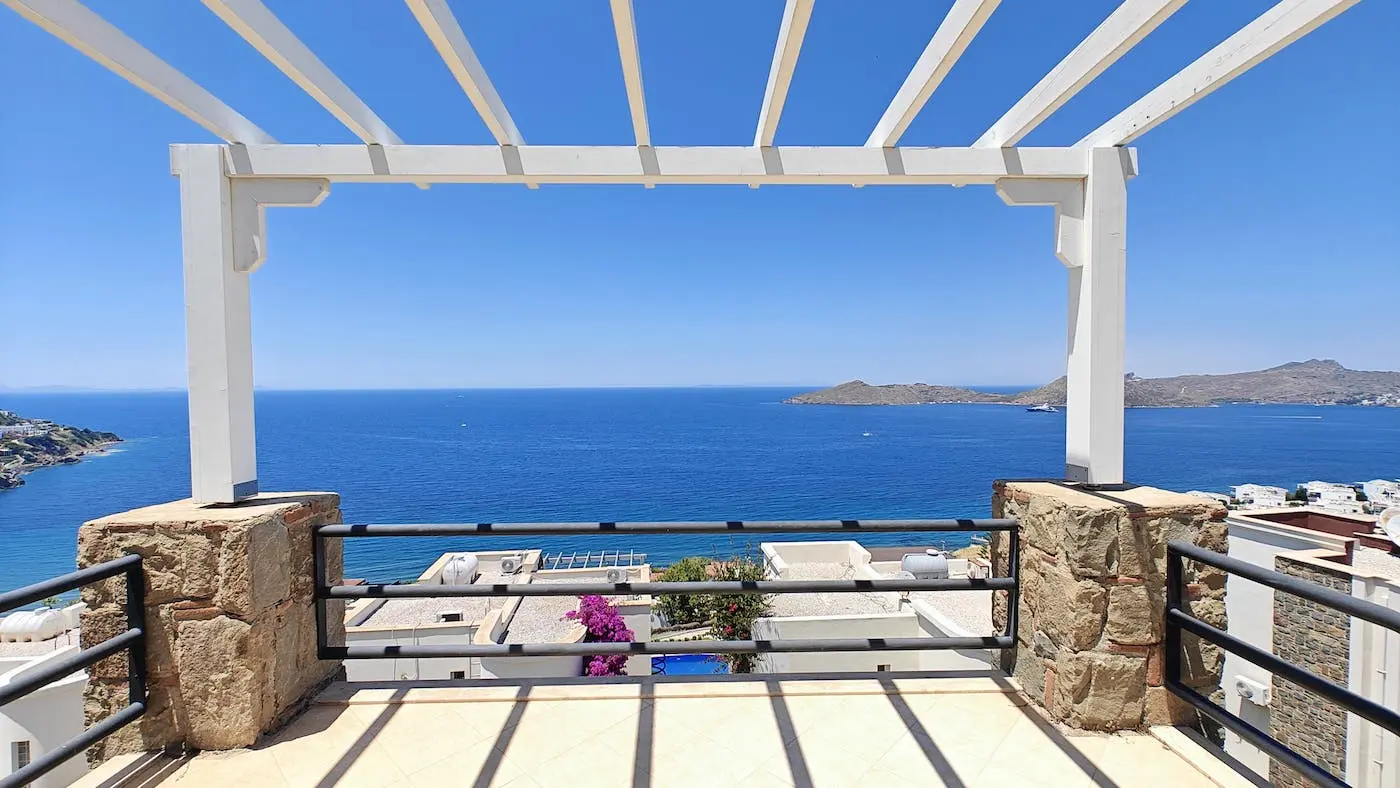With its old-meets-new vibe, countless historical attractions and amazing food, Istanbul is surely one of the greatest cities in the world. Unfortunately, its 2000 square miles of urban space is heavily built up, making it one of the most congested, with millions of people taking to the roads each day.
However, if you think like a local when you're planning a trip, there are ways to avoid the worst of the snarl-ups, especially if you're in the compact central part of the city, home to the bulk of the historical attractions. The city is criss-crossed with a network of transport options, so seek out of some of these alternative methods and see the city in style.

Tram, funicular and cable car
Istanbul has four tram lines, and most visitors find themselves on the T1, which begins near the Kabatas ferry terminal, and runs along the Galata Bridge to pass Sulganahmet - home to the The Blue Mosque, the Hagia Sophia and Topkapi Palace. The T5 tram runs along the Golden Horn, stopping in the colourful, quirky districts of Fener, Balat and Eyup, while T3 wends its way through Kadikoy, on the Asian side of the Bosphorus.
There are two funicular lines, one that runs between Karakoy and Tunel Square, and another between Kabatas and the famous Taksim Square. These lines connect with the T1 tram at Isiklal Caddessi (the main shopping artery).
At the Eyup stop on the T1 tram line, you can catch a cable car up to the perennially popular Pierre Loti Cafe, and take in the view over the city.

Metro and Marmaray (the underground railway)
Istanbul's metro lines spread for more than 80 miles around the city, an ever-growing network connecting more and more suburbs as it grows. Most visitors stick to the M2, which travels between Haciosman and Yenikapi. This line allows travellers to access the city's business and retail districts: Levent, Taksim Square and Beyoglu, and travel out to the Golden Horn.
The Maramay is a separate underground metro system that connects with the overground metro at Yenikapi. The Maramay travels under the Bosphorus to the Asian side.

Ferries
Surely one of the most enchanting ways to travel in Istanbul, taking the ferry also allows easy access to some of the city's most popular sites, while beating the traffic altogether. Boats make regular Bosphorus crossings between Eminonu, Karakoy, Kabatas and Besiktas on the European side of the city, and Kadikoy and Uskudar on the Asian side.
There are also ferries travelling out to the Princes Islands, a wonderful day trip destination, and along the Golden Horn.

Bicycles and scooters
As a daily transport option, bicycles are little used. The sheer amount of traffic, and disregard of many drivers, makes cycling a dangerous option in Istanbul. However, if you can stick to bicycle-friendly areas, like the Bosphorus, cycling is a superb way to tour the city. The bike rental scheme ISBIKE has stations all along the strait, and you can easily pick up or drop off a bicycle using the ISBIKE app.
Electric scooters are an increasingly common sight around the city, and there are a growing number of rental companies who will hire these out by the day. As with bicycles, however, we recommend you stick to calm streets.
How to use Istanbulkart
The Istanbul Card is available to use on all forms of public transport (with the exception of dolmus), and gives you a third off fares - as well as the convenience of not having to carry a pocketful of change or struggle to find the right money in a jostling queue of passengers.
You can buy an Istanbulkarts from the yellow and blue vending machines you can find at metro and tram stops. A card costs 13TL, then you can add credit at the machine. You can also use the website and the app, but find a Turkish speaker to help you with this as they're not easy to navigate as a non-native speaker.
Istanbulkart credit can also be used to pay for public toilets: the municipality-run toilets cost 1TL.
Dolmus and minibuses
Okay, so these options put you right in the middle of the traffic, but if you want to experience public transport like a local and aren't in a hurry, there is no better way!
Many visitors to the city feel intimidated by the city's sprawling bus system, but once you figure it out, the bus network is comprehensive.
For a truly local experience, hop onto a dolmus. In Turkish, the word means "filled", and it's an apt description as these small yellow vans only take off once they're full of passengers, allowing you a delightfully glimpse into Turkish life. You'll need cash for the ride, and be prepared to tell your driver when you're ready to get out. You might also be handed change by the people behind you to pass along to the driver for their fare.
A dolmus is a good way to travel from Taksim Square to Besiktas, or over to Kadikoy after the ferries park up for the night.
Minibuses are a little more orderly: they run to a schedule, picking up passengers at regular stops. You can pay by token, Istanbulkart or with cash.









 Istanbul
Istanbul  2
2  2
2 


















 X
X